Media
Summary
USGS volcanologists and seismologists have been working around the clock to collect data on Kīlauea’s latest eruption after two years of dormancy. Plus, all the volcano news you can handle, as well as a meteorite, an asteroid, and a comet, oh my!
Transcript
This is the Daily Space for today, Tuesday, December 22, 2020. I am your host, Dr. Pamela Gay.
And I am your host, Beth Johnson.
And we are here to put science in your brain.
It’s baaack.
For years, I listened to my geology and geophysics colleagues talking about their trips to study Puʻu ʻŌʻō lava flowing from Kīlauea and forming a massive lava lake at the Hawaiian Volcano Observatory (HVO). From 1983 to 2018, this volcano rumbled and oozed and became a sweetheart of the geology community.
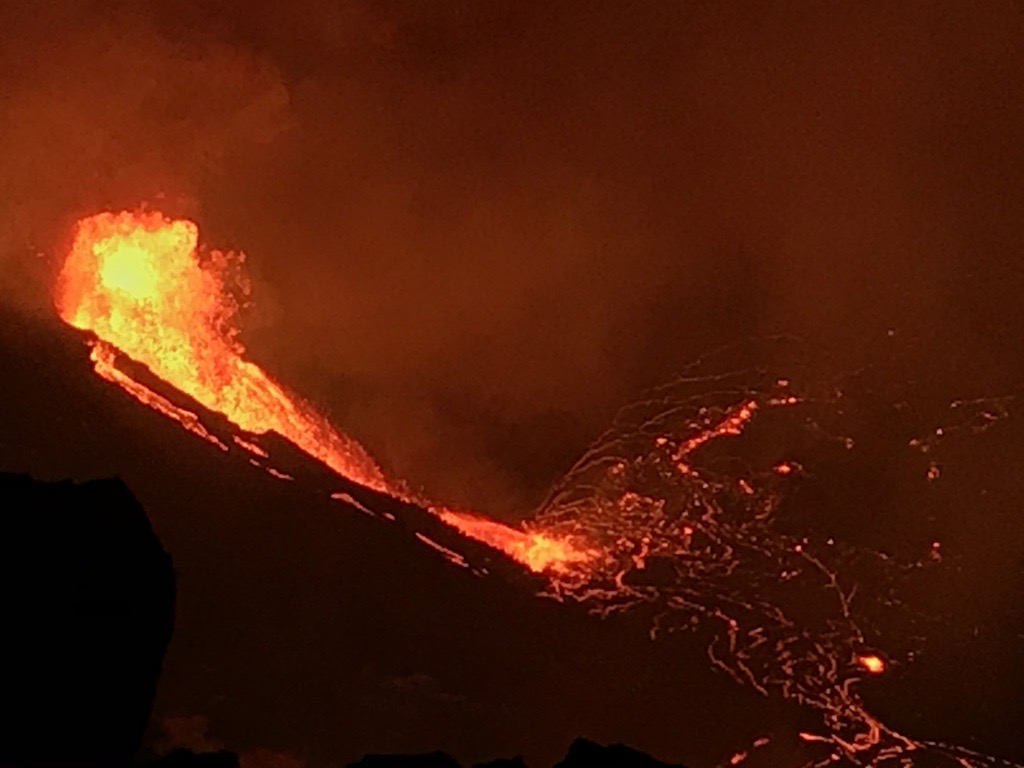
In 2018, this previously gentle beast replumbed itself. The lava lake drained away. Vents opened on the volcano’s flanks, and several neighborhoods were consumed during the Lower Puna eruption. By 2019, the lava lake had evolved into a water lake for the first time in 200 years, and by December 1, the lake was approximately 49 meters deep.
Until Sunday.
At 9:30 pm, the HVO detected a glow within the summit crater. An hour later, a magnitude 4.4 earthquake with a depth of six kilometers or four miles shook the area. By the morning of December 21, the crater lake was boiled away, and a lava lake was beginning to fill the crater. This isn’t an explosive eruption; the lava at Kīlauea is runny, low viscosity stuff. Instead of blasting debris into the upper atmosphere, folks are watching 25-meter high lava fountains dance as the crater’s lava levels rise several meters an hour.
While this eruption doesn’t seem to be a major risk to air traffic or threatening potential destruction of surrounding communities at this time, this is an active volcano, and a threat level of orange has been declared. The eruption is also wreaking havoc on air quality and residents are currently advised to stay inside and avoid the volcanic fog and ash.
As a quick note, while researching this December 21 volcanic excitement, we learned that Italy’s Mt. Etna also had a massive outburst as part of an eruption that started December 13. This falls into the category of “correlation does not imply causation” but can lead to a lava-filled Twitter list.
When picking out stories for today, Pamela got all excited about Kīlauea erupting, and our theme rolled from there. So our next story involves a potentially old caldera next to a brand new volcano.
Between Africa and the island of Madagascar is the Comoros archipelago, and in May 2018, the easternmost island of Mayotte was struck with a bunch of earthquakes. This cluster came as quite a shock to the residents of the island, which only had one seismic station at the time. Investigations by French scientists from the Institut de Physique du Globe de Paris revealed a new submarine volcano had developed about 50 kilometers off the coast of the tiny island. The results were presented at AGU’s Fall Meeting.
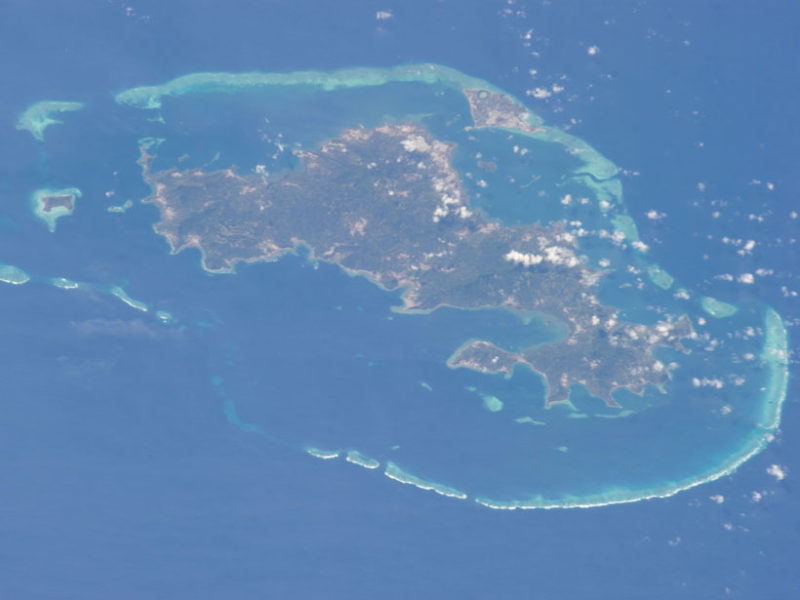
Then those scientists determined that this particular submarine eruption was the largest in documented history. Keep in mind that we haven’t actually documented a lot of underwater eruptions in their entirety, but this eruption is still huge and is still going.
As the team has collected more and more data, and more seismic stations were installed, a clearer and more detailed picture of the submarine structures has been created. And this is where it gets a little weird. You see, there are two clusters of earthquakes — one along the ridge where the new volcano is and one in a donut shape that implies the existence of a caldera. They are not related in a “connected to each other” kind of way, and in fact, the caldera appears to be a much older structure.
Even stranger, the fracturing around the caldera is located at a depth where brittle rock generally doesn’t exist because it’s too warm and more plastic than at the level of the ocean floor. This concerns scientists because if they cannot understand it, they cannot make predictions about its behavior, and the caldera is closer to the island than the volcano. Scientists are now concerned that this caldera is an untapped magma source slowly moving upward through the lithosphere, and its existence could signal a significant threat for the nearby population.
Obviously, the team will continue to monitor the seismicity of the region, and more observations are needed to determine what exactly is happening.
I may be an astronomer, but I kind of love volcanoes. Our world is active and changing, and the volcanoes that dot its surface are often the consequence of how our world’s tectonic plates are moving under, over, and around one another.
Sometimes, however, we find volcanoes that have nothing to do with moving plates. Hawai’i — the Kīlauea volcano we started today with — is related to a hotspot that just likes to melt holes through the crust and form new islands. Sometimes, however, we see volcanoes and have no idea why.
For decades the east coast volcanoes of Australia have been a bit of a mystery. While New Zealand, which is a several-hour flight from Australia, is on the ring of fire, Australia is on its own plate and is technically a different continent. Australia is supposed to be geologically stable — not a lot of volcanoes, not a lot of earthquakes, just a lot of animals that will try and kill you.
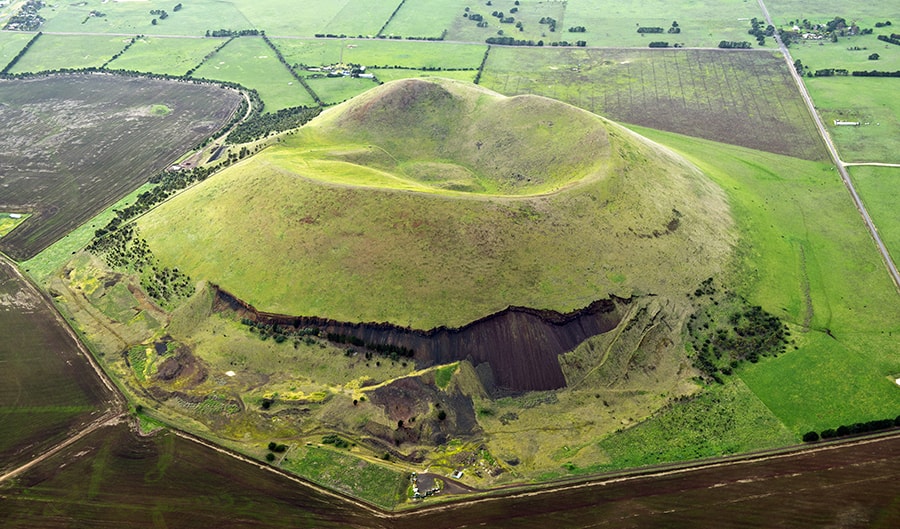
But, surprisingly, the eastern coast of Australia has stretches of hundreds of dormant volcanoes that have been active as recently as 80 million years ago. They have a shape that indicates they were formed out of runny lava, more like Kīleaua than Mt. Etna, and mostly look like hills, with a few exceptions, like the Organ Pipes formation in Victoria.
In a new paper in Science Advances, a team led by Ben Mather looked at where random oozy lava could be originating. According to co-author Maria Seton: Most of these eruptions are not caused by Australia’s tectonic plate moving over hot plumes in the mantle under the Earth’s crust. Instead, there is a fairly consistent pattern of activity, with a few notable peaks.
Mather goes on to add: The peaks of volcanic activity correlate nicely with the amount of seafloor being recycled at the Tonga-Kermadec trench east of New Zealand.
The team built new computer models for the region’s tectonics and discovered that, as the Pacific slab crawls under the Zealandia plate, which New Zealand sits on, it displaces material rich in gases that begin to rise up through higher density material, breaking through at the surfaces, to form rolling gentle volcanoes. One really cool implication of this work is that it implies new volcanoes could still spring up in Australia, adding a bit of geologic activity to this otherwise staid landscape.
Back when I was teaching natural disasters, one of my favorite labs involved teaching the students about viscosity. They had to take bottles of unknown liquids — dish soap, maple syrup, honey, etc. — and see how bubbles flowed through the liquid at different temperatures. We would have a set in a container full of hot water and a set in a container full of icy water. It was a little messy and a lot of fun and everyone got into it, but a question I always got was “what does this have to do with natural disasters?”
It turns out that the answer is “even more than I realized”. Scientists studying the 2018 eruption of Kīlauea were surprised to find that the flow of the volcano slowed over time. And I don’t mean the eruption flow; I mean the movement of the already erupting lava. It came out of the rift at one speed and as it kept going, it slowed down. A volcanologist from Hiroshima University in Japan, Atsuko Namiki, was on the Big Island at the time, and she wondered if bubbles in the lava could be the cause of the decreasing velocity.
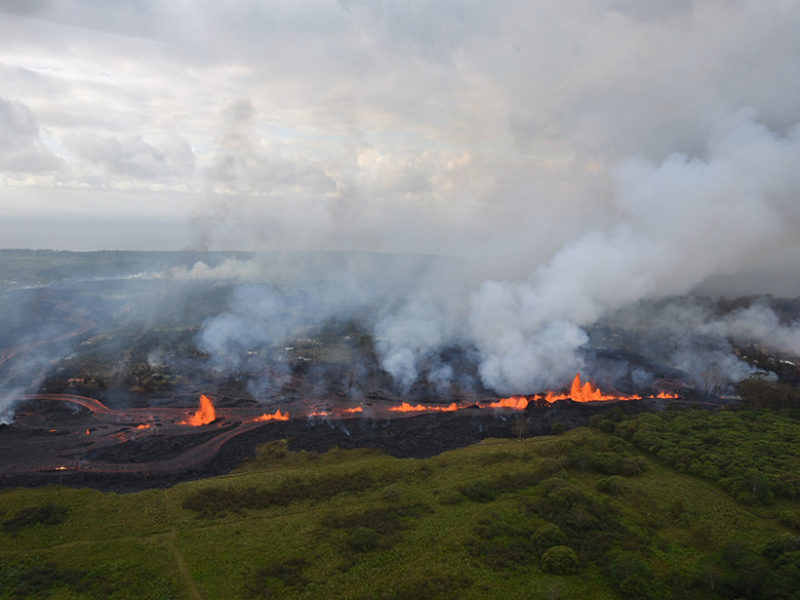
So not unlike the experiments I ran in my lab class, her team used corn syrup, a common analog for lava in the lab, to test out how bubbles affect the viscosity of the liquid. They created three different liquids with differing concentrations of bubbles: pure corn syrup with no bubbles, bubbly corn syrup, and bubbly corn syrup containing suspended particles. They poured the mixtures onto a meter-long plastic plank that was set at a small angle, and they used cameras to record the flows.
Per the article: Pure corn syrup containing no bubbles moved the fastest, with bubbly corn syrup flowing slightly less rapidly. Bubbly corn syrup suffused with particle matter moved more slowly and split into channels that flowed at different speeds—liquid in the middle section moved faster, whereas the liquid on the flow’s flanks moved more slowly. The experiment also revealed a gravitational separation occurring, with bubbles floating to the top as the fluid moved—a process that creates a fragile gaseous shell called pahoehoe in real flows. As bubbles rose to the top, the flow’s more concentrated liquid touched the base of the slope, where it accelerated the flow’s overall speed.
So not only are the flows affected by the particle content, they’re affected by the gaseous content, and combining the two states of material in one liquid makes for a range of results that definitely impact predictions for how quickly an eruption may impact a community. With Kilauea erupting again, this work is even more important than ever.
When I was little, teachers often said that asteroids are material left over either from a failed planet or a destroyed planet. Today, we know that the amount of material in the asteroid belt doesn’t add up to enough to make Earth’s moon, is so low density that you can’t generally see from one asteroid to the next if you stand on them, and they have a lot of different families of compositions. How they all ended up in the belt is a bit of a mystery.
What we do know is we can look at meteors we collect here on Earth and often trace them back to dry worlds like Vesta and wet worlds like Ceres. Sometimes, however, these compositions are a function of how big the original object was, what geology that size allowed to happen, and how the world’s original distance from the sun affected that geology.

We thought we had a good handle on what families of asteroids are out there, but it turns out that shrapnel from a never-before-seen asteroid was lurking in our samples waiting to be discovered, and the object this bit of rock came from was once pretty amazing.
A new paper in Nature Astronomy, with first author Vicky Hamilton, details how a small shard from the meteorite Almahata Sitta indicates that there was once a previously unknown asteroid the size of Ceres in the main belt and that it formed in the presence of water. This famous meteorite was part of a 9-ton, 13-foot space rock that hit earth in 2008 and produced 23 pounds of samples. We can’t know what happened to the original asteroid, or how that 9-ton rock wound its way from the asteroid belt to our atmosphere, but it’s amazing to think there was once another dwarf planet in our solar system.
You may have heard about the Hayabusa2 sample return mission. We may have mentioned it on air a few times in the past month or so. And last week, we mentioned that the spacecraft itself isn’t done, yet. It’s actually heading for another target, although no sample will be collected from asteroid 1998 KY26. Now, the Subaru Telescope has imaged that tiny rock!
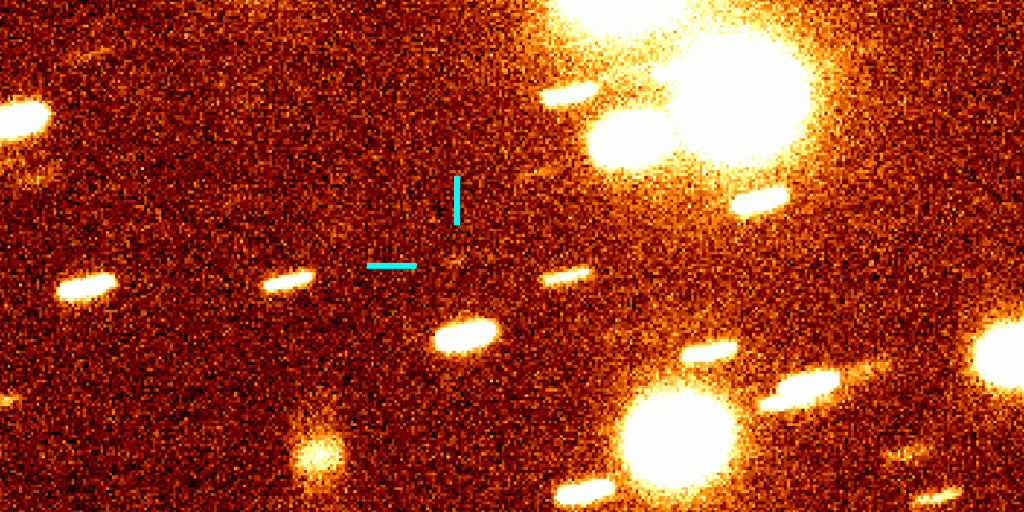
The press release explains: This asteroid is predicted to approach to within 0.47 AU of Earth in mid to late December 2020, giving us a rare opportunity that comes only once every three and a half years. However, the diameter of 1998 KY26 is estimated to be no more than 30 meters, and thus its brightness is so dim that ground-based observations of the asteroid are difficult without a very large telescope.
JAXA will use the positional data taken with Subaru to more accurately calculate the orbital elements of 1998 KY26 in preparation for Hayabusa2’s flyby. Additionally, the European Southern Observatory’s Very Large Telescope will take images of the asteroid to help further refine the data. We’ll keep you informed as the next phase of the mission progresses.
Today is a day for small bodies. From meteorites to asteroid samples, we now turn to comets.
One of the first forms of online citizen science arose organically around the Solar & Heliospheric Observatory (SOHO) images of the Sun. This spacecraft takes image after image of the solar corona and the Sun’s surroundings, and it was realized in the 90s that comets can often be seen grazing the Sun and dying in its heat.

On December 13, amateur astronomer Worachate Boonplod discovered the comet C/2020 X3 (SOHO) in the SOHO data. While this is cool, it isn’t newsworthy. What made this discovery special is its timing. On December 14, a total eclipse of the Sun was visible in parts of South America, and in the images of Andreas Moller, this new comet could be seen from the surface of the Earth. This may be the first time this kind of an image of a sungrazer has been taken, and this is a clear reminder that the Sun’s light hides a wealth of awesome science and pretty comets.
For a couple of weeks, we have been telling you to go outside and look up at an historic night sky event — the Great Conjunction of Jupiter and Saturn. Much ado was made in the mainstream press even! And while a lot of us were clouded out by these pesky winter skies, some of you were successful and even managed to take some wonderful photos. You can find a selection of those images on our website, DailySpace.org, and they include contributions from Dr. Pamela, several community members, and citizen scientist Kevin M. Gill of NASA’s Jet Propulsion Laboratory. Thank you, everyone, for allowing us to share your work with our community. We hope you enjoy the photos, even if you couldn’t see the conjunction with your own eyes.
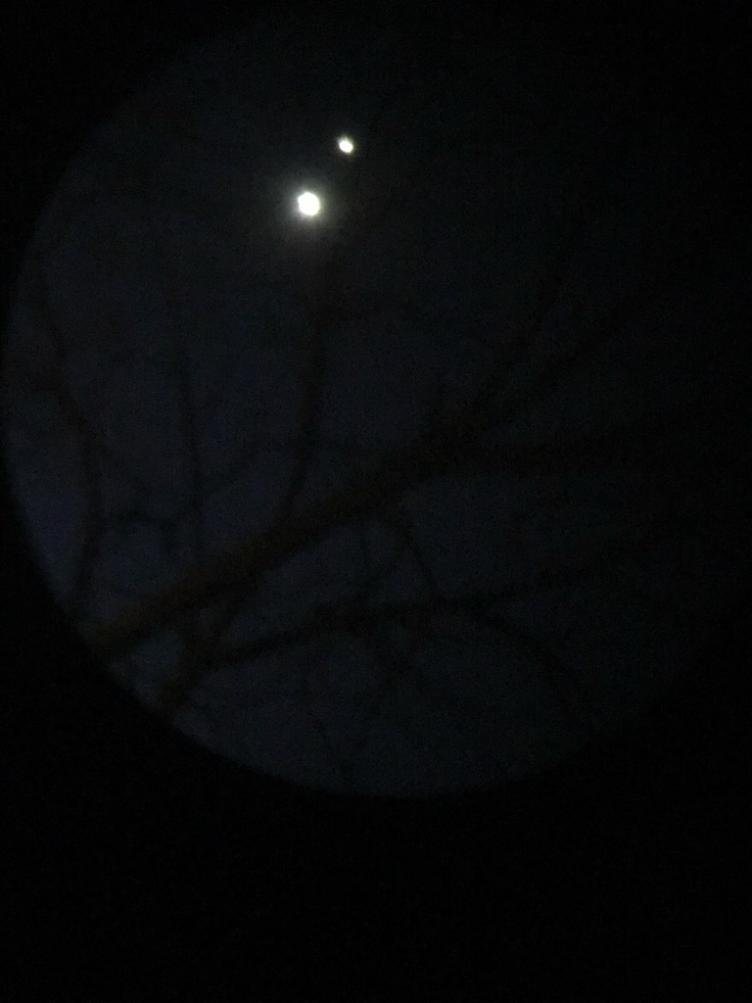
CREDIT: Dr. Pamela Gay 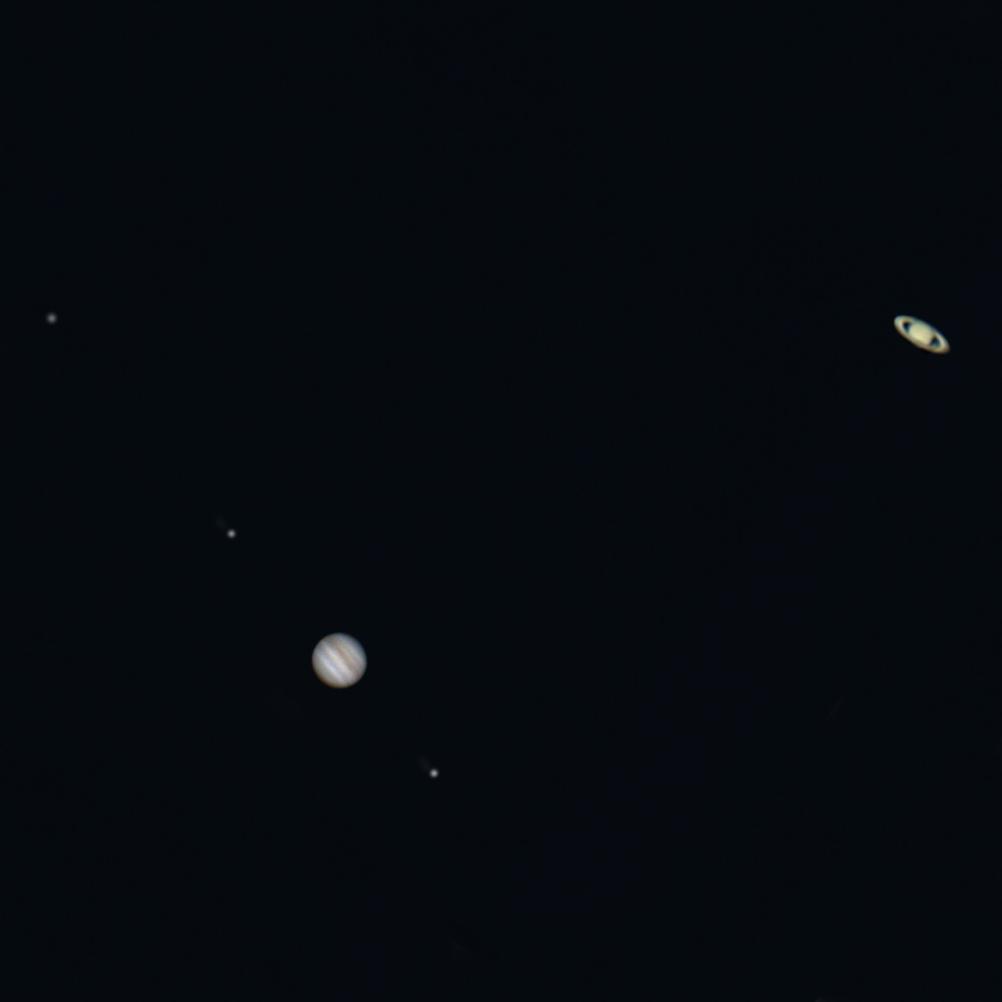
CREDIT: Wade Prunty 
CREDIT: turbop_slay3r 
CREDIT: Trauerdurst 
CREDIT: KSPFanatic 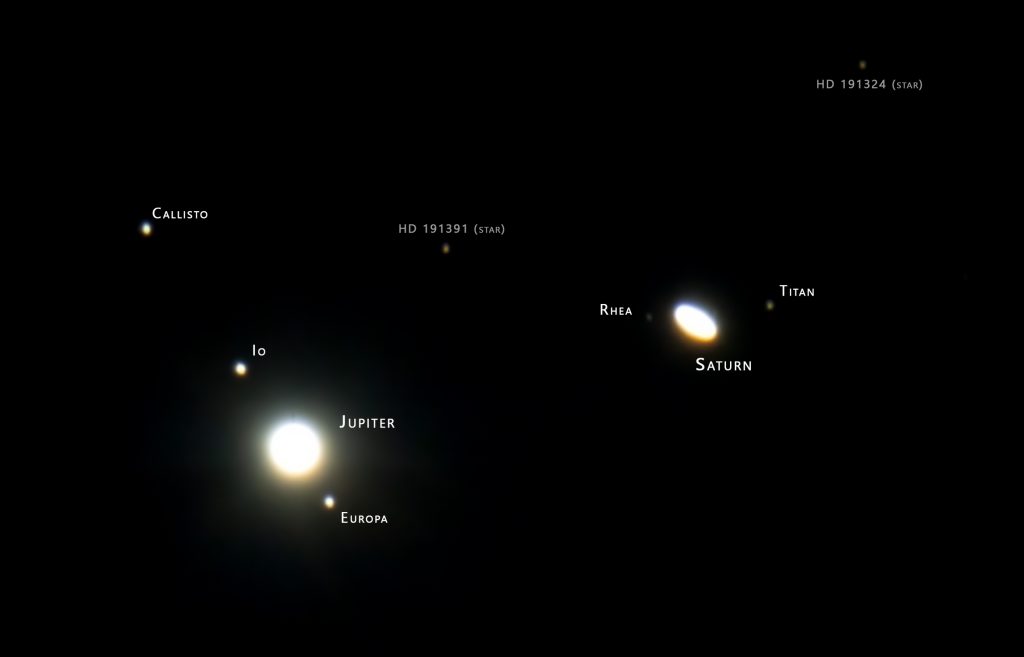
CREDIT: Kevin M. Gill
This has been the Daily Space.
Learn More
Eruption at Kīlauea Volcano summit
New Volcano, Old Caldera
Secrets of Australia’s East Coast Volcanoes Revealed
- The University of Sydney press release
- “Intraplate volcanism triggered by bursts in slab flux,” Ben R. Mather et al., 2020 December 16, Science Advances
Corn Syrup Reveals How Bubbles Affect Lava’s Flow
Potentially Unknown Asteroid Identified from Meteorite
- Southwest Research Institute press release
- “Meteoritic evidence for a Ceres-sized water-rich carbonaceous chondrite parent asteroid,” V. E. Hamilton et al., 2020 December 21, Nature Astronomy
Subaru Telescope Photographs the Next Target Asteroid for Hayabusa2
Recently Discovered Comet Seen During 2020 Total Solar Eclipse
Credits
Written by Pamela Gay and Beth Johnson
Hosted by Pamela Gay and Beth Johnson
Audio and Video Editing by Ally Pelphrey
Content Editing by Beth Johnson
Intro and Outro music by Kevin MacLeod, https://incompetech.com/music/


 We record most shows live, on Twitch. Follow us today to get alerts when we go live.
We record most shows live, on Twitch. Follow us today to get alerts when we go live.